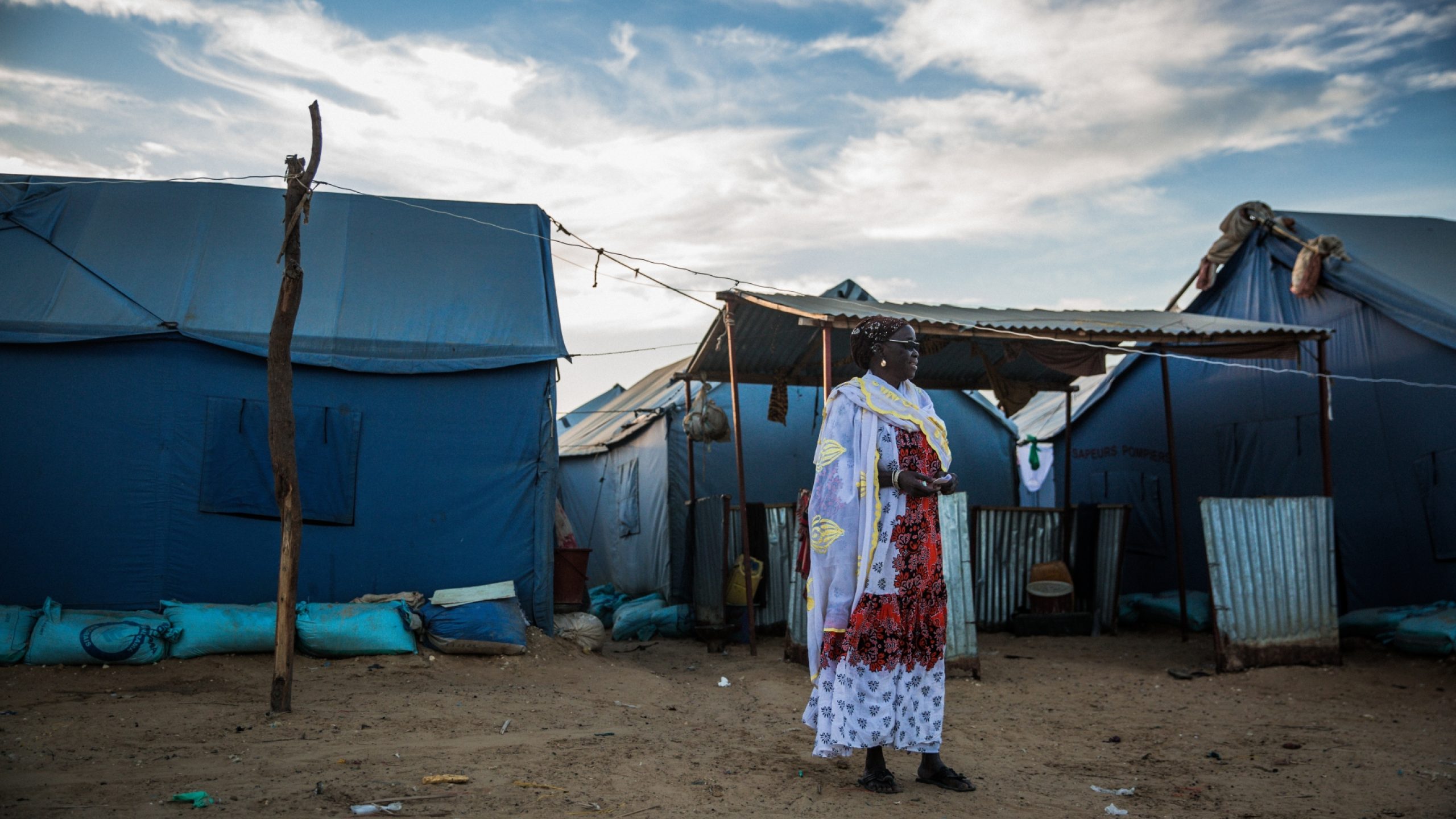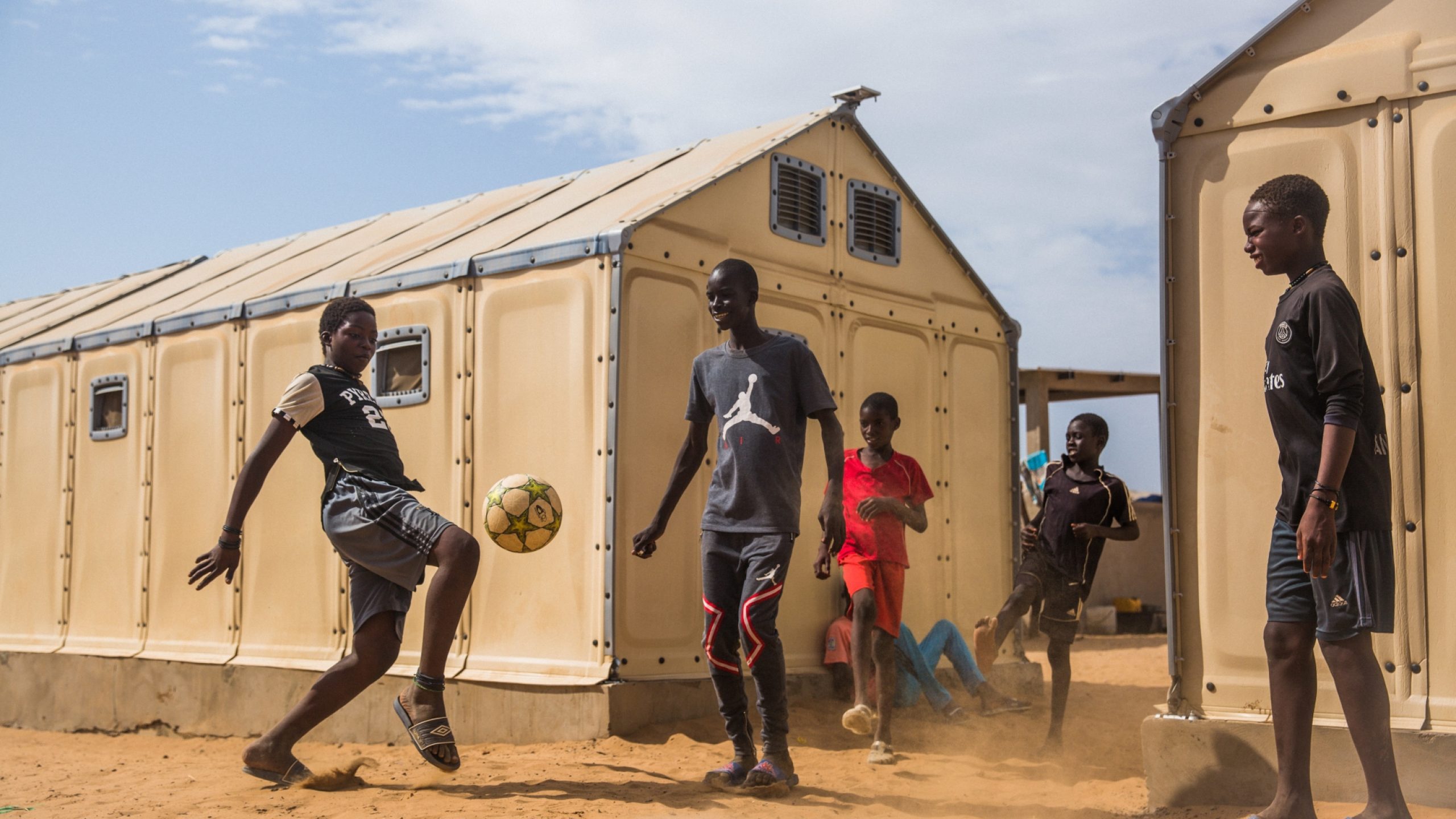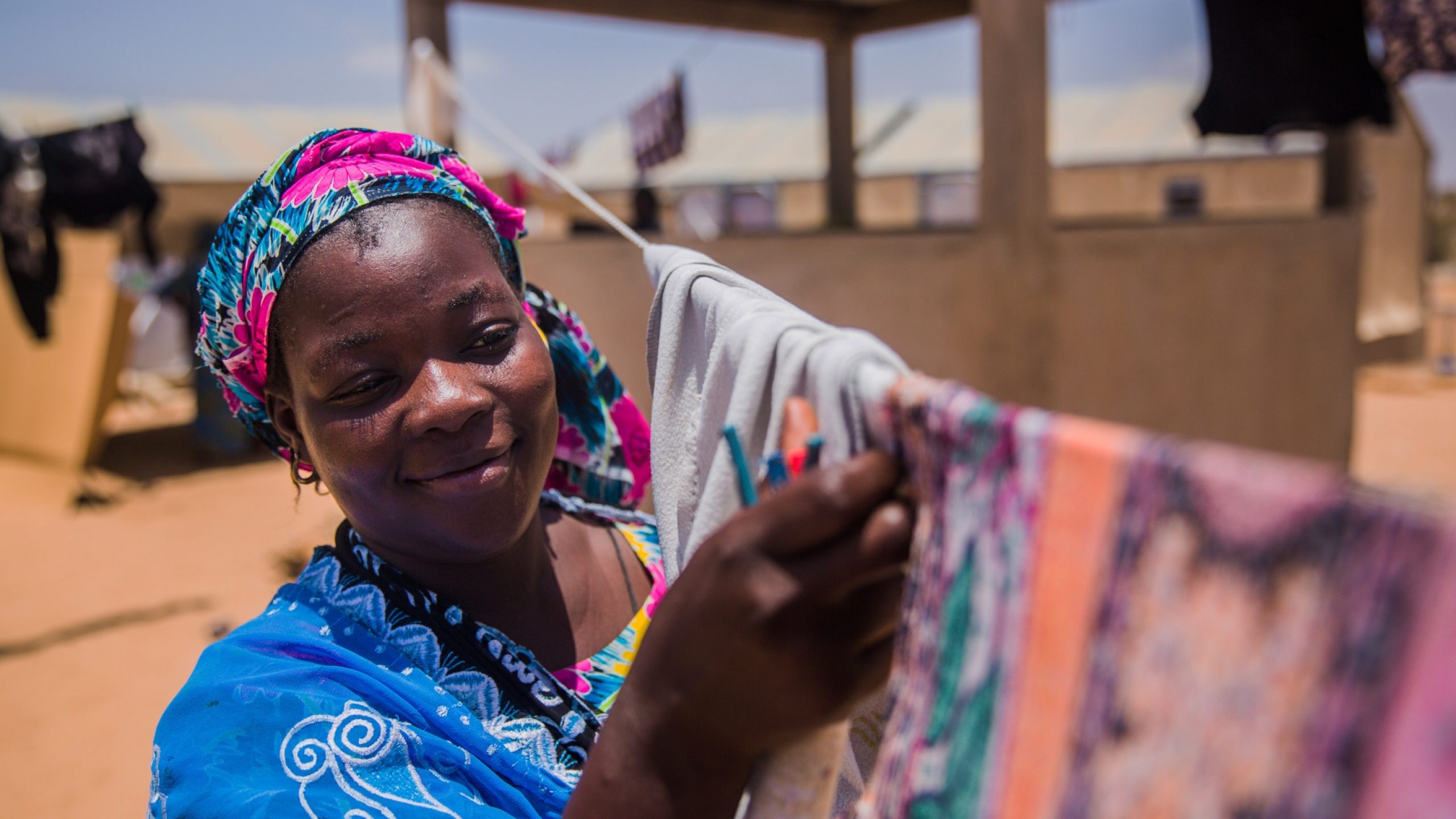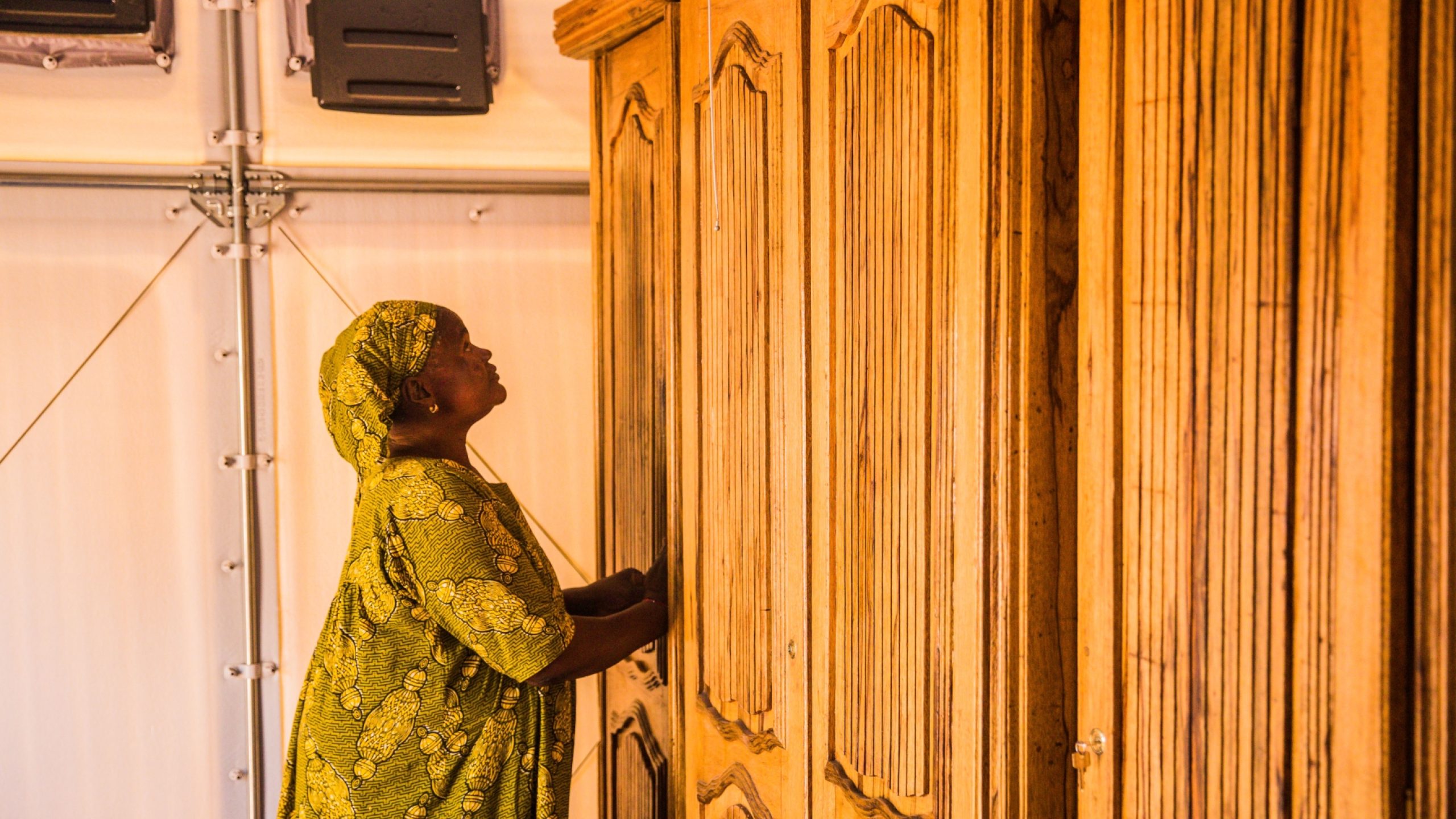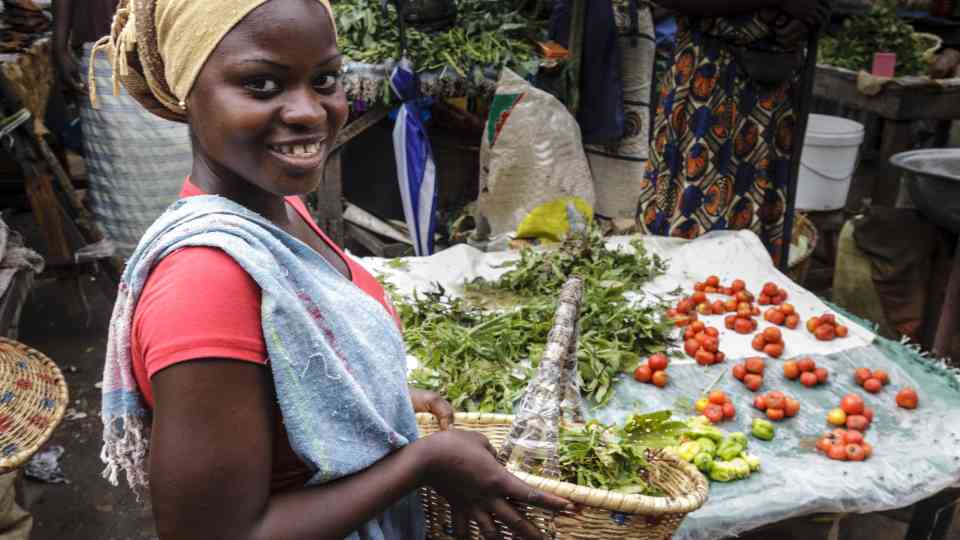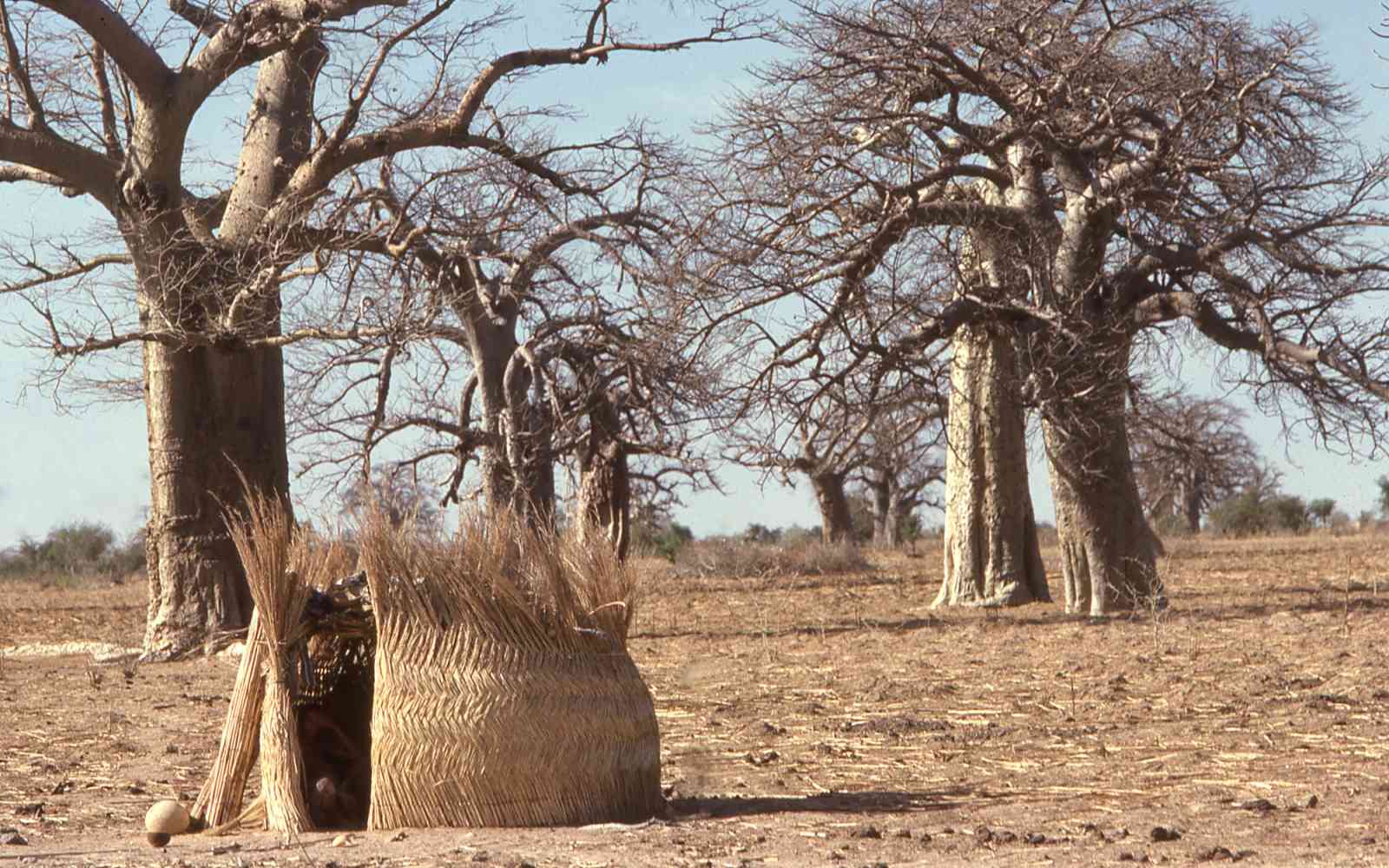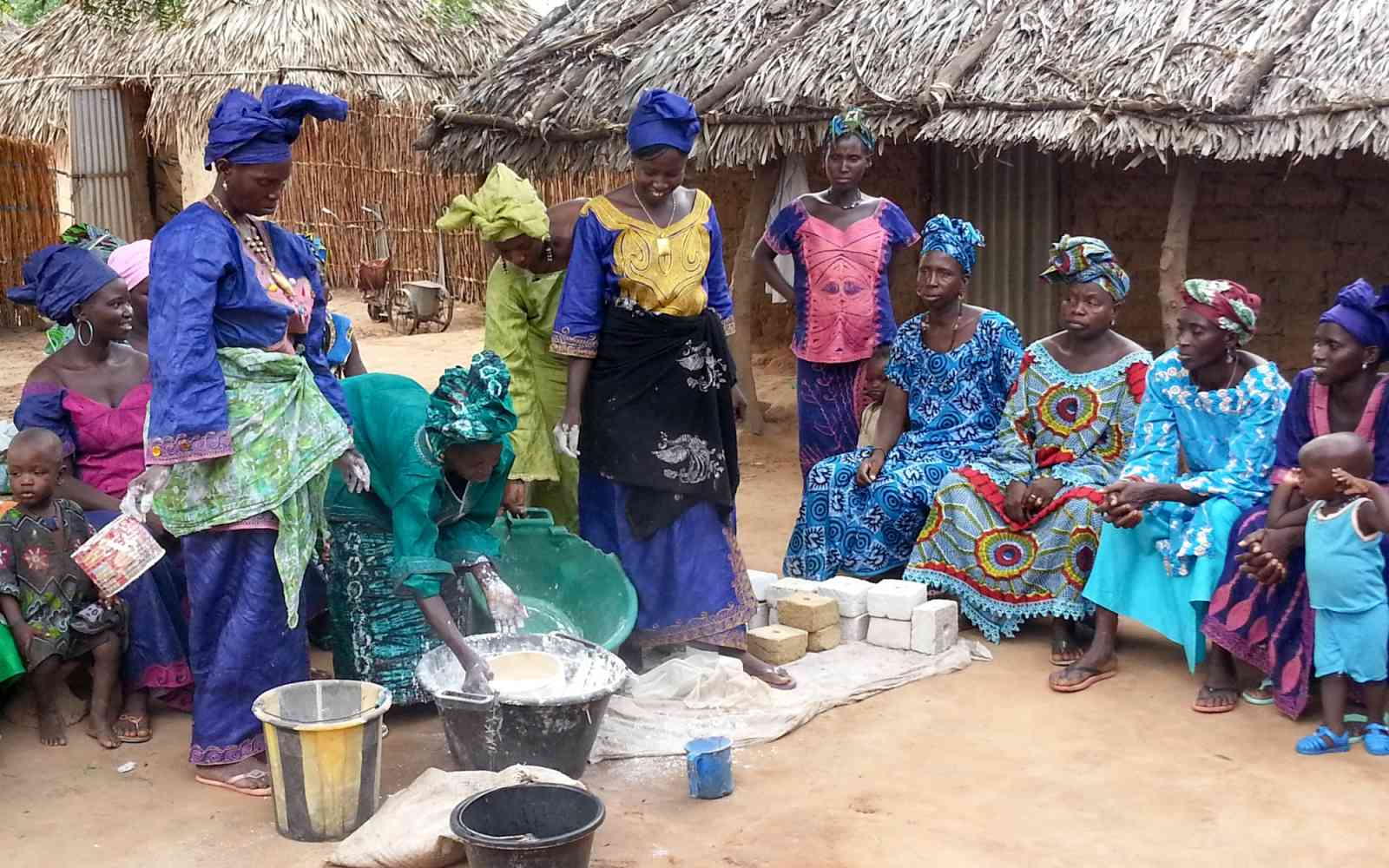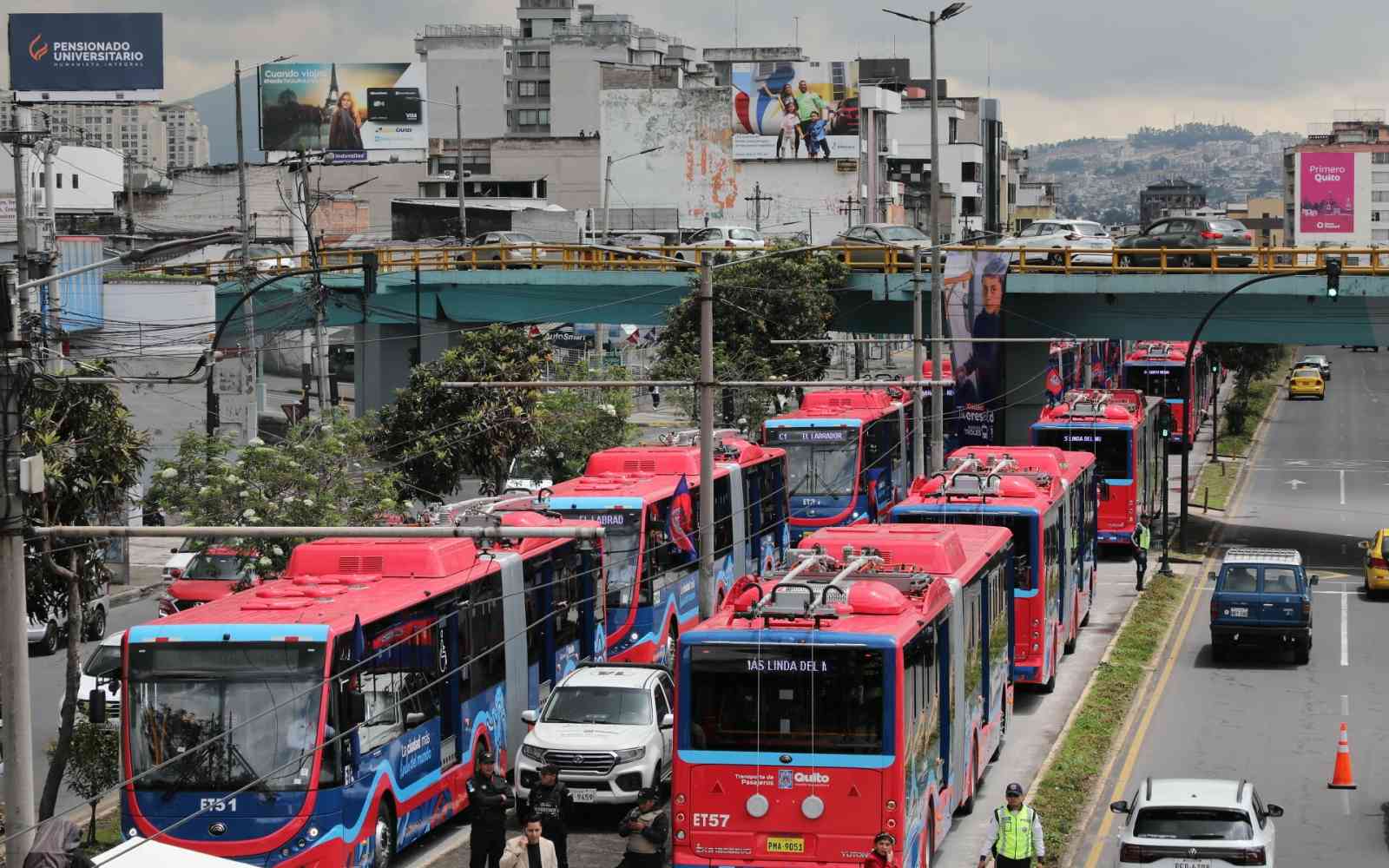The United Nations Office for Project Services (UNOPS)

After the storms
The UNESCO World Heritage site of Saint-Louis is fighting a problem that is all too common to coastal cities – erosion caused by rising seas.
Located on the northwest coast of Senegal, climate change – and the rising seawater and more frequent, severe storms it brings – is threatening historic Saint-Louis.
Each year, as the ocean inches further up the shores of the city, more of Senegal's former capital slowly disappears beneath the waves. For many people here, the sea is a source of food and income. But that same sea is also claiming homes, schools, mosques and businesses.
Already under threat as an eroding shoreline and frequent storm surges brought the sea's waters further inland, two major storms in 2017 and 2018 – and the resulting floods – wreaked havoc in the Langue de Barbarie, a neighbourhood of Saint-Louis.
Saint-Louis
Residents from the Langue de Barbarie's Guet Ndar, Ndar Toute and Gokhou Mbath districts were forced by the water to leave their homes.
Collé Fall's home was one of more than 100 that were destroyed.
"When the sea was raging, I used to take refuge in the street with my children, in the middle of the night, waiting for it to calm down," says Collé. "Until the day the sea was too strong."


Nothing left
More than 300 families – more than 3,200 people – were forced to relocate. Some stayed with host families while others headed to temporary accommodations in Khar Yalla Camp and Gazeille Camp.
Many families arrived at the camps with nothing.
We lost everything due to the destruction of our homes and property by the sea. We no longer had any means of subsistence to meet our expenses and take care of our families.
On top of the difficulty of losing homes and livelihoods, living conditions in the camps were hard.
The camps were crowded, with anywhere from 20 to 40 people living in 25 square metre tents that often let in water during Senegal's rainy season. Access to drinking water and electricity was limited, with very few hygiene facilities available.
To improve living conditions for the former residents of the Langue de Barbarie, a new temporary camp was constructed in Diougop, about 10 kilometres away from their old neighbourhood – and the destructive impact of the sea.
People from the affected districts of the Langue de Barbarie and people from the local community in Diougop were recruited as team leaders and workers to help install the new shelters.
I was fortunate enough to be selected by the project to be one of the team leaders who were trained and employed in the assembly, service and maintenance [of the shelters].
The people recruited – nearly 50 per cent of whom were women – received training on how to install the 17.5 square metre shelters, which take about 6 hours to install and can accommodate up to 5 people.
In addition to learning how to assemble and maintain the shelters, team leaders also received training on health and safety, professional capacity building, electricity, carpentry, plumbing and masonry. This training provided an opportunity to learn new skills that could be used to find a new source of income.




And to help rebuild a sense of community among the people displaced by the floods, regular awareness-raising sessions on citizenship and social cohesion have been organized for people who have relocated to the new camp.
"The work allowed me to cover my daily expenses and take care of my health. The diploma I received will also be useful to me outside of this project," says Papa, who also worked on the project.
Rebuilding a community
The new shelters provide a safe, clean environment for the residents displaced from the Langue de Barbarie.
"We're not at risk of having stagnant water like when we lived in Khar Yalla," says Lena. "We have space and it's hygienic, unlike Khar Yalla where garbage surrounded us."
Now, residents are starting to rebuild some of the other services they lost to the ocean – such as schools.
"That year [the house was destroyed], my kids didn't go to school. It was difficult to send them to Saint-Louis – [due to a] lack of means," says Collé.
A temporary school has been built so that the children displaced by the sea's destructive waves can continue their education.
Although the camp in Diougop is temporary, there are plans to build a permanent settlement here next year. And in the meantime, a larger,15-room school is being built – not only for the children from Langue de Barbarie but also for children from the surrounding area.
Another step towards rebuilding a community that was lost to the sea.
About this project
Part of the $30 million World Bank-funded Saint-Louis Emergency Recovery and Resilience Project, UNOPS is implementing the $2.3 million Relocation of the Displaced Populations of the Langue de Barbarie Project, in partnership with Senegal's Agence de développement municipal. As part of the project, more than 400 shelters will be built. These will provide housing to more than 1,400 people, as well as serve as a temporary school and be used for offices.
Together with the government of Senegal, UNOPS has developed designs for a permanent settlement for the people displaced from the Langue de Barbarie, with building works expected to start in 2021.










